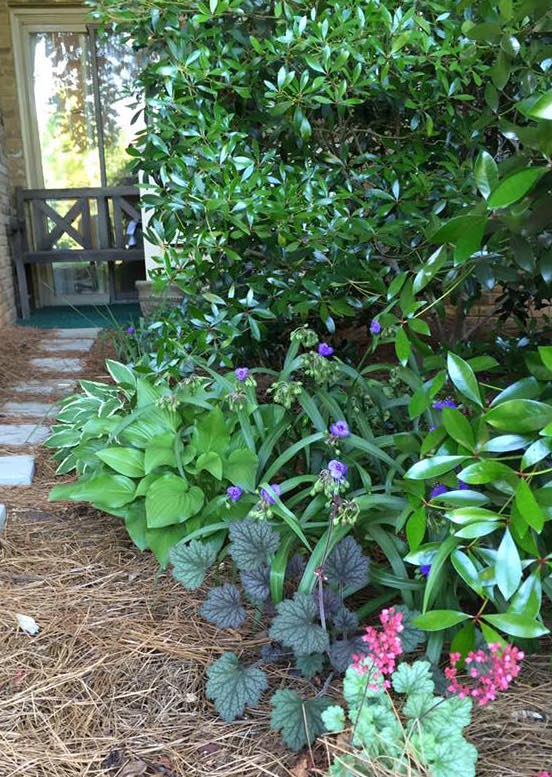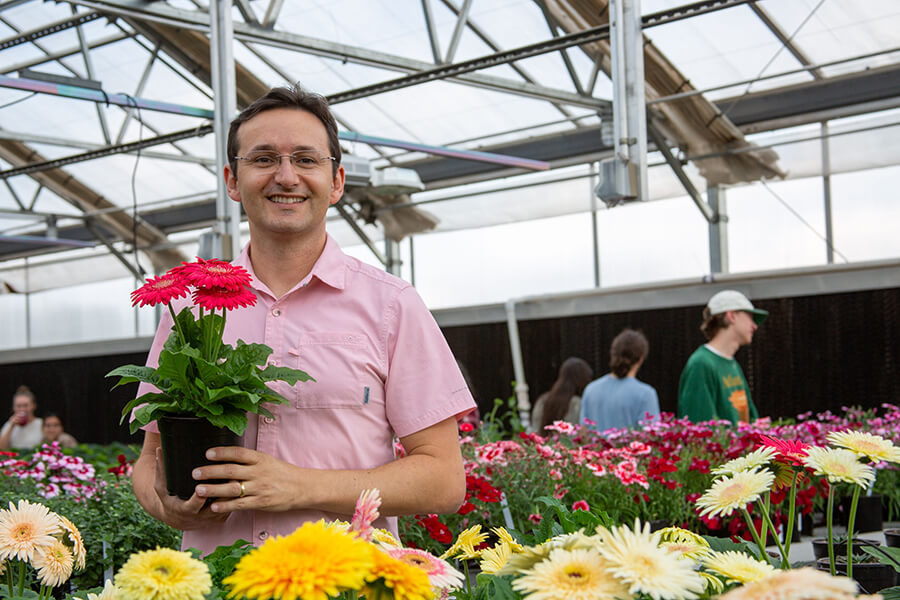Many people find that as their home landscapes mature, it becomes more difficult to have an attractive garden because there is too much shade. While it is true that you may not be able to grow sun-loving flowers in the shade, you can still have a beautiful garden by knowing which plants thrive and grow in lower light conditions.
Some of the most beautiful gardens are made in the shade. Shade gardening is unique in that it lends itself to a peaceful, serene and cool landscape setting.
However, there are certain concerns that must be considered when shade gardening. The most important concerns are light level and shade definitions. An area is considered shady if it receives three hours or less of sunlight. A partial sunny/shady area is one that receives four to six hours of sun.
Moisture is another major issue for shady areas. A thick canopy of trees can prevent rain from reaching plants underneath. As a result, these smaller plants must compete with the larger trees for moisture. Usually, the trees win that competition. Therefore, it is important to provide sufficient water, especially during drought periods.
On the other hand, shady areas can also retain too much moisture, particularly if the area drains poorly. When planting in shady areas, it is important to remember to till and amend the existing soil with soil conditioner and compost to allow for adequate drainage.
Keep in mind that most shade-loving plants tend to grow slowly, and it can be difficult to find plants that bloom well in the shade. There are some beautiful, shade-loving plants that do bloom, like dogwoods, redbuds, azaleas, camellias, hydrangeas, bleeding hearts, astilbe, columbine, Lenten rose and begonias. They can add blooms to your shade garden through the season.
But even when no plants are blooming, shade gardens can be beautiful if you use plants with different leaf textures and varying leaf colors. Variegated plants create an interesting landscape.
Remember that most turfgrasses won’t tolerate shade, but many ground covers will and can make for a lush appearance in the shade. Hostas, epimedium, numerous species of ferns, caladiums, coleus, pachysandra, wintergreen, heuchera, heucherella, and Mondo and monkey grass can be combined to create rich textures and colors that cannot be replicated in full sun.
For gardeners who like native plants, there are also many good options, like Solomon’s seal, beautyberry, native ferns, fothergilla, spiderwort, trillium, bloodroot and maypop. Many woodland wildflowers will also thrive in shade gardens.
If your yard is full of shade, do not give up on gardening. Just add plants that were made for the shade.








